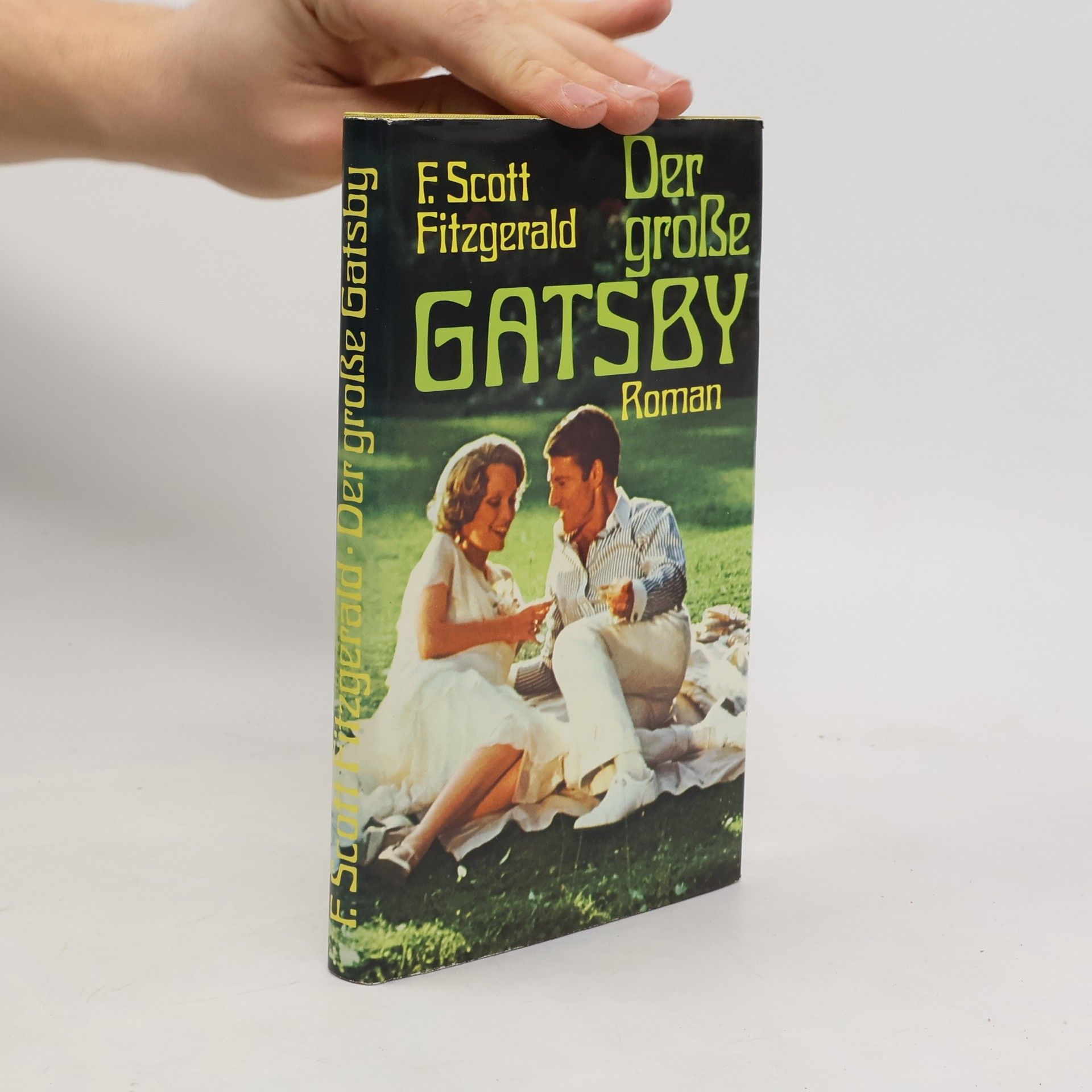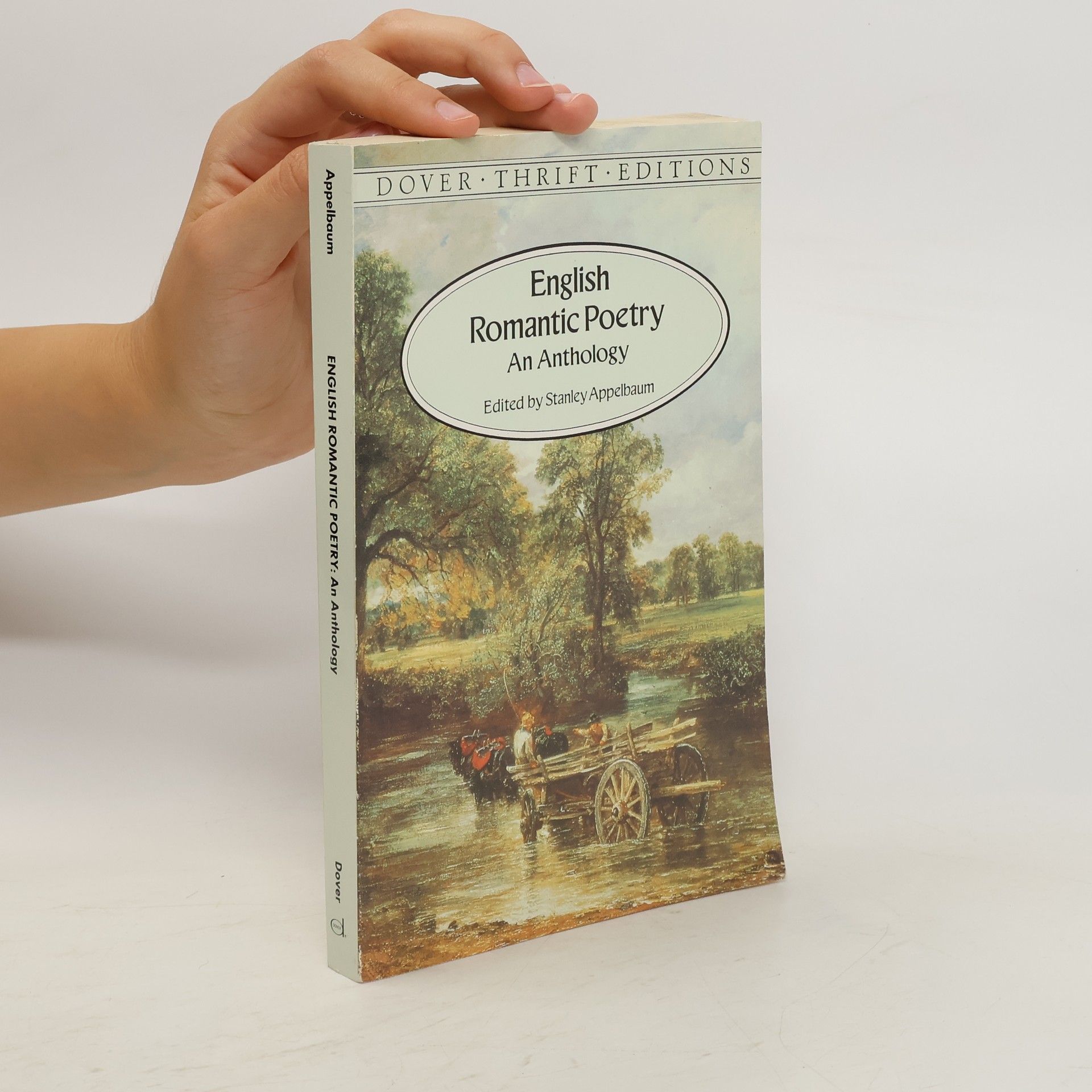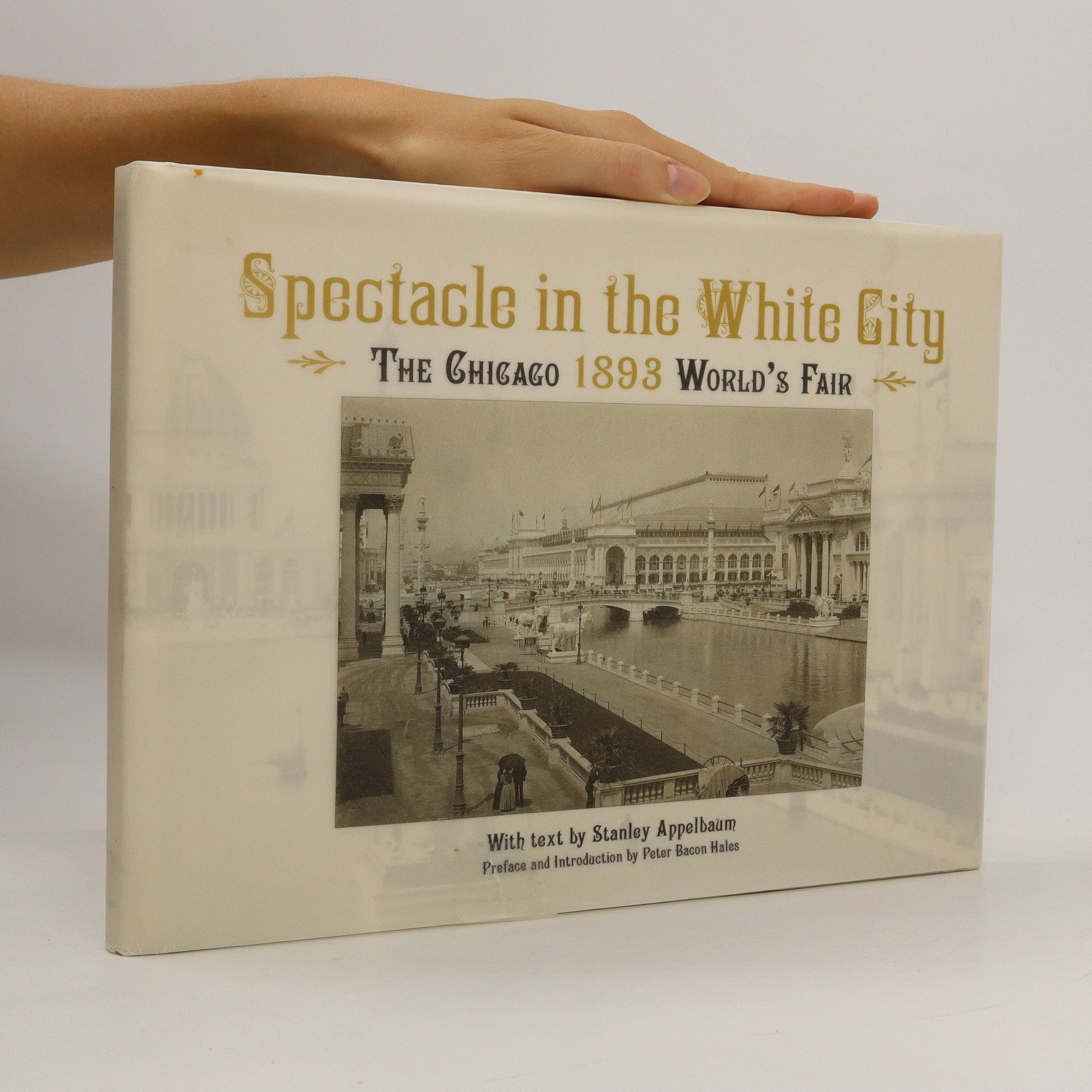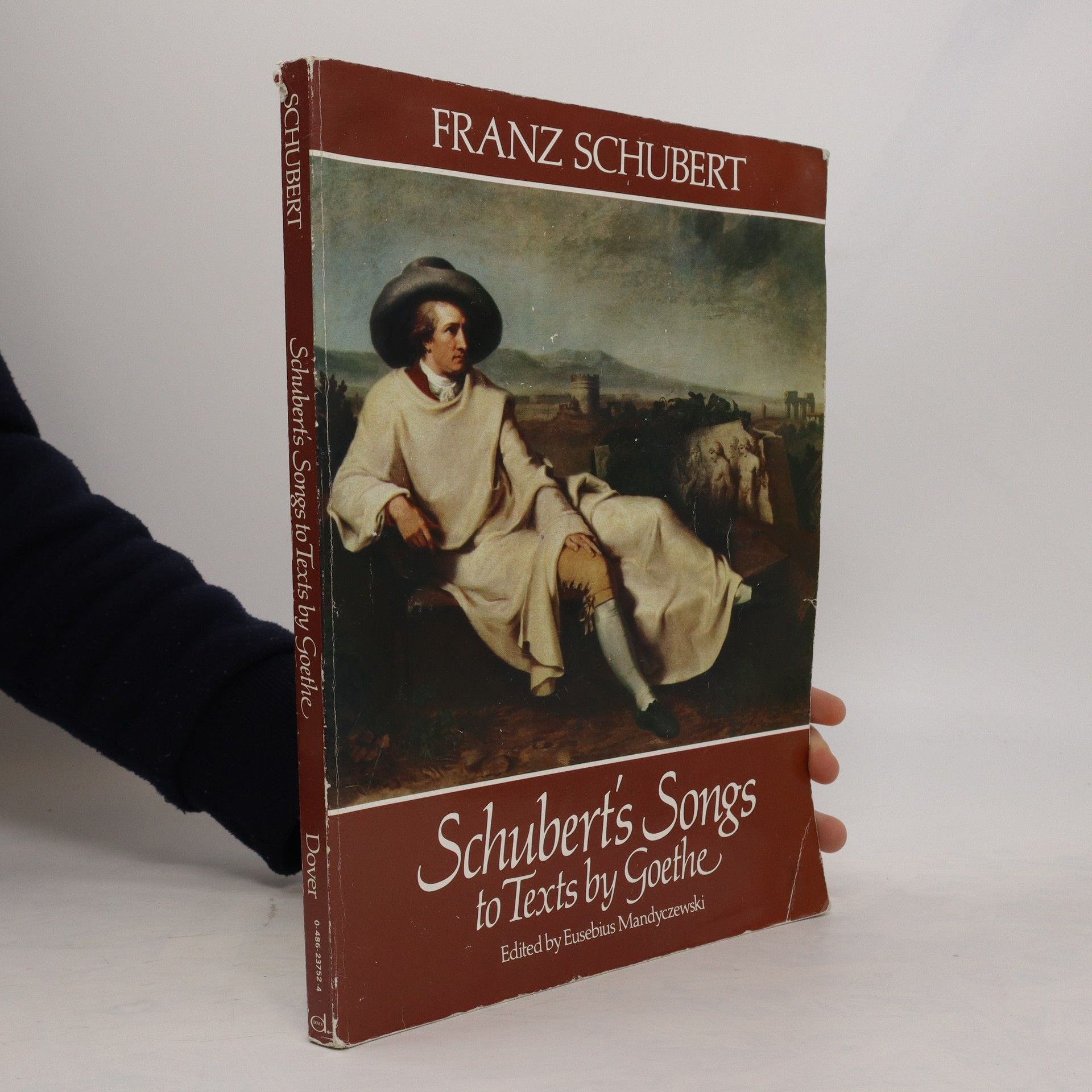Schubert's songs to texts by Goethe
- 256 Seiten
- 9 Lesestunden






Zarathustra, inspiriert von einem persischen Religionsstifter des 6. Jahrhunderts v. Chr., kämpft gegen den Nihilismus, der aus der Erkenntnis 'Gott ist tot' resultiert. Er strebt an, einen neuen Glauben zu begründen: den Glauben an den 'Übermenschen'. Während schwache Menschen sich an die Gebote des toten Gottes halten, sucht der Übermensch sein Heil in der Ausrichtung zur Erde, zur Macht, Vitalität und Stärke, um der Welt einen neuen Sinn zu geben. Der Übermensch ist in der Lage, alte moralische Werte abzuschaffen und in völliger Freiheit das Lebensgefühl zu verbessern. Das Werk besteht hauptsächlich aus Zarathustras Reden. Durch das christliche Denken ist Gott tot, und um dem Nihilismus zu entfliehen, zieht sich Zarathustra mit 30 Jahren in eine Höhle zurück, wo er die Lehre vom Übermenschen entwickelt. Das Buch gliedert sich in vier Teile: In den ersten beiden verkündet Zarathustra die Lehre vom Übermenschen. Im dritten formuliert er den Gedanken der ewigen Wiederkehr des Gleichen und wendet sich gegen einen übergeordneten Sinn. Trotz der Nihilismus-Elemente erkennt Zarathustra im Kreislauf des Lebens, einschließlich des Leidens, einen Grund zur Bejahung. Im letzten Teil wird er von Menschen um Hilfe gebeten, um die Verzweiflung zu überwinden, die durch den Tod Gottes entstanden ist. Schließlich verwirft er die christlichen Werte und verkörpert das Ideal des Übermenschen, wobei die Suche nach dem 'Richtigen' zum zentralen
Over 27 million people visited the World's Columbian Exposition of 1893 in Chicago. Countless more experienced the fair through the wondrous images of C. D. Arnold, the era's foremost architectural photographer. Through his luminous pictures, Arnold became the event's leading historian, publicist, and visual philosopher. This gallery of Arnold's photographs, painstakingly retouched to achieve a new radiance, presents a magnificent tribute to the "White City" of shining Beaux-Arts buildings.In addition to its visual tour of the Exposition's extensive buildings and grounds, this lavish book also celebrates a city that treasures its architecture. The classical Greek and Roman design expressed by the Chicago World's Fair defined the course of American monumental building for decades to come, and the text accompanying these historic photographs provides fascinating interpretations of the Exposition's influence on American building styles and tastes. From conception to closing day and beyond, Spectacle in the White City offers glimpses of past splendor that will be treasured by Chicagoans, history buffs, and lovers of fine art and photography.
Encompassing a broad range of subjects, styles and moods, English poetry of the late 18th and early 19th centuries is generally classified under the term "Romantic," suggesting an emphasis on imagination and individual experiance, as well as a preoccupation with such themes as nature, death and the supernatural.This volume contains a rich selection of poems by England's six greatest Romantic poets: William Blake (24 poems, including "The Tyger" and "Auguries of Innocence"), William Wordsworth (27 poems, including "Ode: Intimations of Immortality" and "I wandered lonely as a cloud"), Samuel Taylor Coleridge (10 poems, including "The Rime of the Ancient Mariner" and "Kubla Khan"), Lord Byron (16 poems, including "The Prisoner of Chillon" and selections from Don Juan and Childe Harold's Pilgrimage), Percy Bysshe Shelley (24 poems, including "Ode to the West Wind" and "Adonais") and John Keats (22 poems, including all the great odes, "Isabelle" and "The Eve of St. Agnes"). For this edition, Stanley Appelbaum has provided a concise Introduction to the Romantic period and brief commentaries on the poets represented. The result is a carefully selected anthology that will be welcomed by lovers of poetry, students and teachers alike.
\"Der große Gatsby\" (1925) führt den Leser direkt ins New York der Goldenen Zwanziger. Jazzmusik, Wolkenkratzer, unerhörter Reichtum, finanzielle Leichtfertigkeit, Intrigen und grenzenlose Liebe - nichts fehlt in diesem meisterhaften Gesellschaftsportrait. Vor dem Hintergrund der lauten, wilden amerikanischen Moderne entfaltet der Roman die berührende Geschichte eines unheilbaren Romantikers. Früh schon erkennt der mittellose James Gatz, dass Erfolg eine Frage der Selbstdarstellung ist. Er beschliesst, dass aus dem \"armen Gatz\" der strahlende Jay Gatsby werden soll und spielt den Erfolgreichen, noch bevor er tatsächlich zu Reichtum kommt. Doch nicht alles läuft nach Plan. Während er als Offizier im Ersten Weltkrieg dient, verliert er Daisy Fay, eine Tochter aus reichem Haus, an einen Nebenbuhler. Aber so leicht gibt er nicht auf. Unweit ihres Hauses auf Long Island errichtet er eine traumhafte Villa, in der er rauschende Partys feiert in der Hoffnung, Daisy doch noch zurückzugewinnen. Eine Geschichte voller Intrigen, Betrügereien und Eifersucht beginnt. Subtil und symbolhaft erzählt Fitzgerald hier vom großen amerikanischen Traum - und dessen Scheitern. Für seinen Roman erntete er höcstes Lob von Autoren wie T.S. Eliot, Gertrude Stein und Ernest Hemingway. \"Der große Gatsby\" wurde mehrfach verfilmt, unter anderem 1973 mit Robert Redford und Mia Farrow in den Hauptrollen.
Dieser Roman, ein Kleinod im Werk der Colette, wurde nach seinem Erscheinen 1933 in Paris ein großer Erfolg. Die ungewöhnliche Dreiecksgeschichte zwischen einem jungen Paar und einer blaugrauen Kartäuserkatze, einem vollkommenen Geschöpf, ist eine Parabel auf die unzulängliche Natur des Menschen. Mit großer Kennerschaft beschreibt Colette in diesem scharfsinnigen und zauberhaften Roman ein kleines Katzentier, das den Menschen überlegen scheint.
"Eine literarische Entdeckung besonderer Art bietet dieses Buch; die Entdeckung eines längst weltberühmten und vielgeliebten Meisterwerks der klassischen Moderne. Die Lektüre läßt den Reiz und den Rang einer Prosadichtung eigener Art erahnen, deren Originaltext - wie Luis Cernuda schrieb - ein Sprachkunstwerk von »einzigartiger Frische und Lebendigkeit des Ausdrucks« ist: «Das andalusische Ambiente hat sich wohl selten mit soviel dichterischer Wahrheit offenbart . . .«"